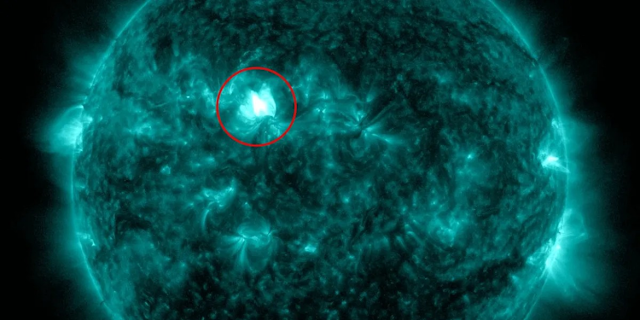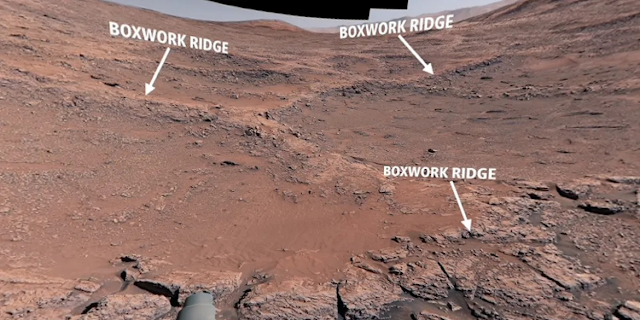Earth Might Be Stuck Inside a Massive Cosmic Void, and It Could Change Everything We Know About the Universe
 |
| Earth Might Be Stuck Inside a Massive Cosmic Void, and It Could Change Everything We Know About the Universe. |
So, here’s something that sounds straight out of a sci-fi movie, but it’s actually a real theory from astronomers in the UK. What if Earth — yep, our planet — is sitting smack in the middle of a giant empty space in the universe? Not just a little gap, but a cosmic void stretching about two billion light-years across. Wild, right?
Scientists at the University of Portsmouth think this could be the reason why we keep getting different results when measuring how fast the universe is expanding. This weird problem even has a name: the Hubble Tension. Basically, we’ve been using different methods to calculate the expansion rate of the universe, and they don’t agree. One method gives us a number around 67 kilometers per second per megaparsec, and the other one says it’s more like 73.2. That might not sound like a huge deal, but in the world of cosmology, it’s kind of a big mess.
Now here’s the fun part. The idea that we’re in a cosmic "desert" isn’t brand new. Back in the 90s, astronomers noticed that there seemed to be fewer galaxies around us compared to other regions. That was the first clue. But now, thanks to more advanced observations, they’ve got new evidence that backs it up. Apparently, the area we’re in has about 20 percent less matter than the rest of the universe. And that might be messing with how we see and measure everything.
To get to this conclusion, scientists studied something called baryon acoustic oscillations, which are basically ancient sound waves from right after the Big Bang. These waves kind of “froze” into the structure of the universe and are now used like a cosmic ruler to help track how everything expanded over time. The data shows that it’s 100 times more likely we’re living in this low-density void than in a more average part of space.
So why does any of this matter? Well, if Earth and our galaxy really are inside this massive empty zone, that means space around us could be expanding faster than it is elsewhere. That would explain the conflicting measurements and could totally shake up what we thought we knew about the age and structure of the universe. It might even force scientists to rethink the whole standard model of cosmology.
Next up, researchers will compare this void model to other theories to see which one fits the data best. And they’re also going to take a fresh look at the assumption that matter in the universe is evenly spread out. Because clearly, things might not be as uniform as we used to think.
Crazy stuff, huh? Just imagine — all this time, we could’ve been chilling in a giant cosmic bubble without even knowing it.










































